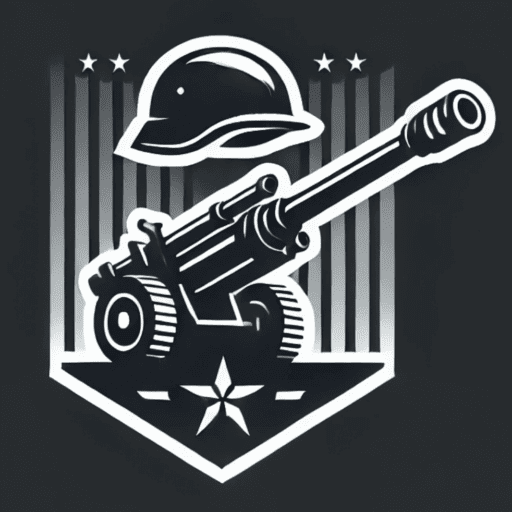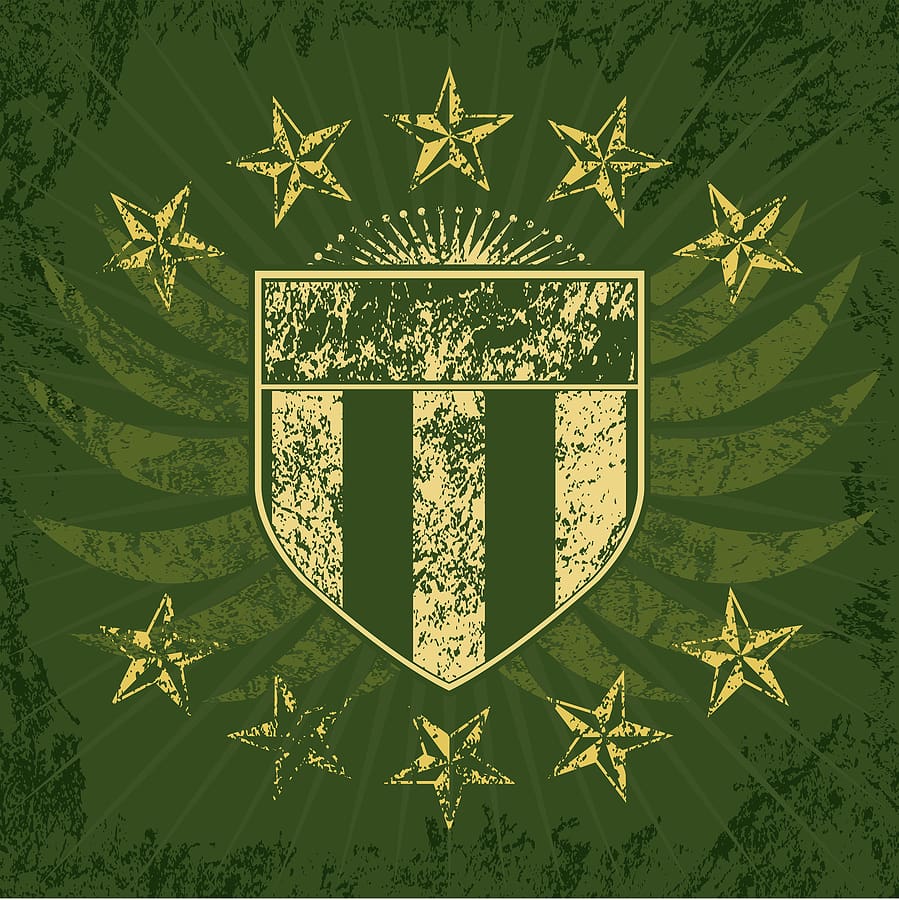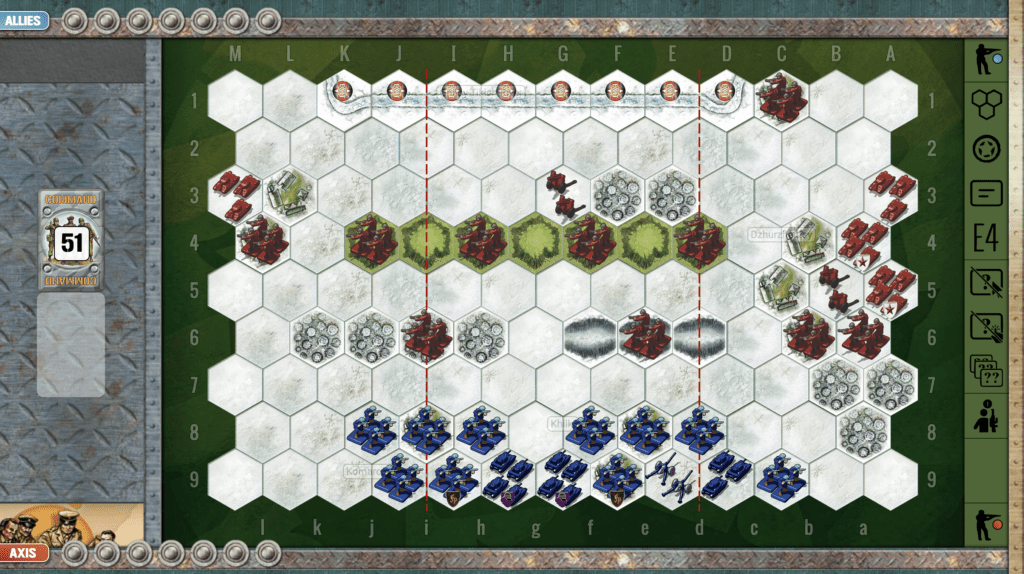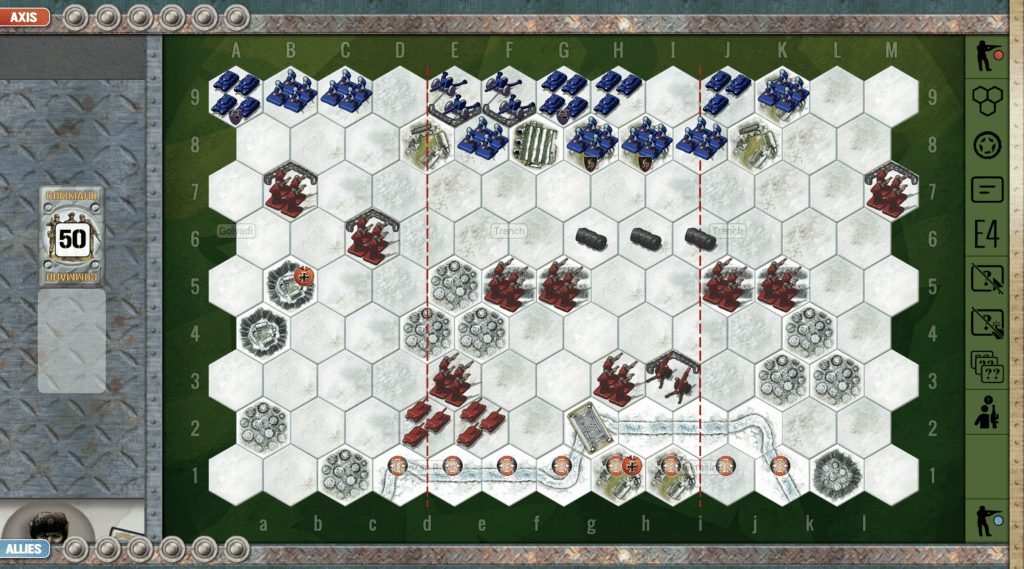Bug River
Bug River
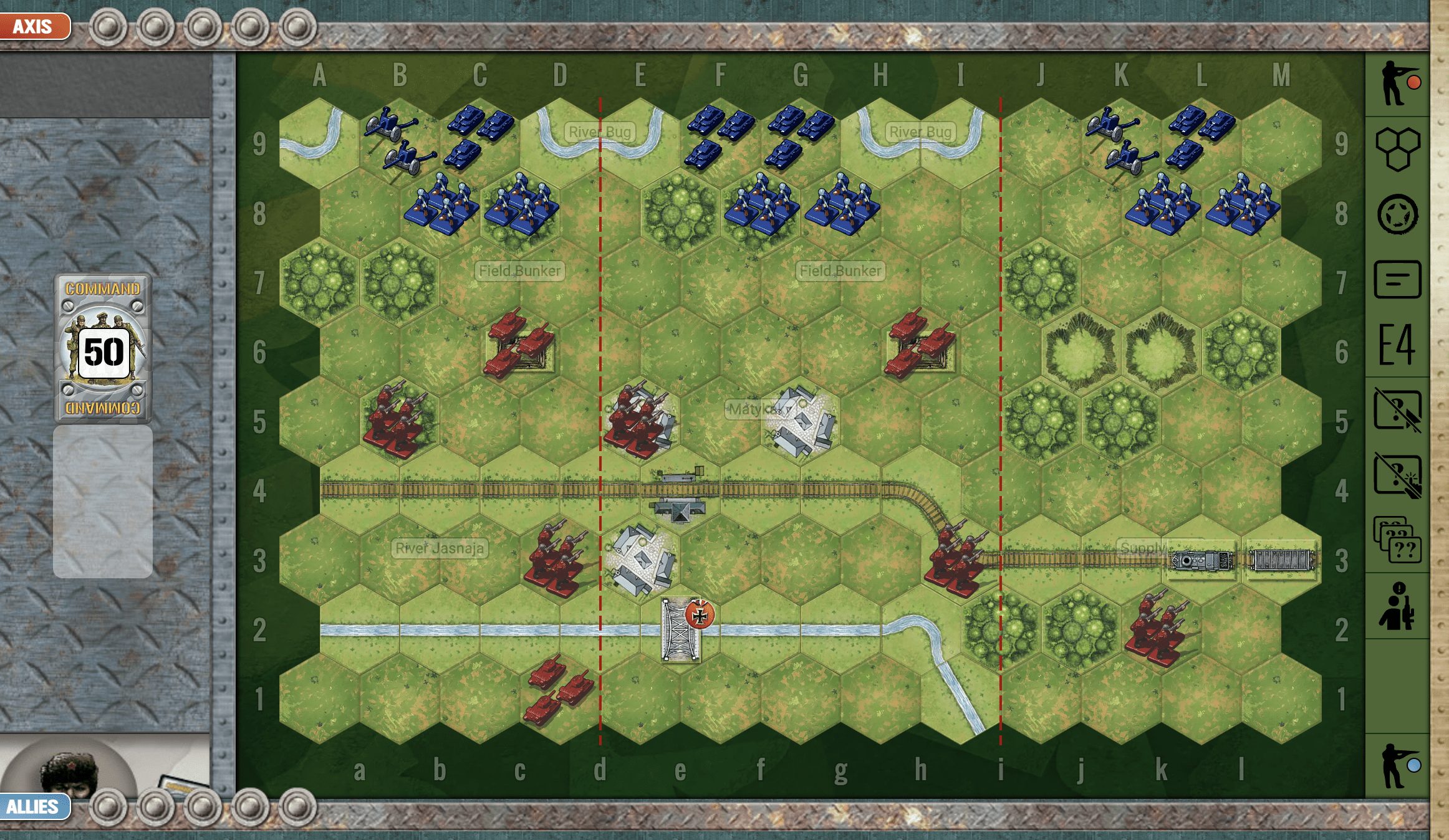
5 VP’s
![]()
Card Balance:
Allies – 3
Axis – 6
Allies are seriously impaired on their card management options in this scenario.
Complexity:
4
Conditions:
Countryside

Location:
Russia
Year:
1941
Theater:
Eastern Front
Campaign:
Operation Barbarossa
Codename
Summary:
The Axis are making an attack against a fairly well-defended Russian army. It is a countrside terrain with forests and bunkers. There is also a supply train which can drop off additional defenders if it gets to its depot safely. This adds an interesting element to the battlefield game.
Objectives:
There are five VP’s in this scenario. There is also a bridge medal objective for the Axis to attain. Proper hits on the train will also gain VP’s for the Axis.
Battlefield:
The Russians begin with solid control of two sections. In fact their armor are poised in field bunkers only two hexes from Axis infantry which have no retreat available to them. The train tracks cut across the field also impairing movement. The Bug River weaves across the backline in Axis territory, hampering movement and preventing retreats.
Troops:
The Axis possess 6 infantry, 4 armor, and 2 artillery.
The Russians have 5 infantry, 3 armor, no artillery. Plus possibly two more infantry if the train reaches its destination.
 Allied Strategy:
Allied Strategy:
1. As Russian commander, you need to seek your VP’s. You need 5 and there are six enemy Infantry, which you an target initially. Then as the battle develops see if any armor or artillery become candiates for attack.
2. Note that the artillery is pressed up against the backwall with no retreat, so you can seek the chance to hit it with a three-dice armor attack. Your odds will be 33% per dice roll, vs. 16%. Take the chance to hit no-retreat artillery whenever you can. A Barrage card early in the game comes in very handy.
3. Recognize that your armor in the field bunkers are going to get quickly overwhelmed by the larger Axis forces coming your way. The question is how much you can make them pay for it, before they do so.
 Axis Strategy:
Axis Strategy:
1. You have four infantry hexes which have no retreat and are a mere two hexes away from enemy armor in bunkers. You should attack them immediately and quickly move in on them to maximize your attack. You may be able to neutralize one of the armor units before they do a lot of damage. With a card like Move Out! you will be able to advance four infantry immediately and nearly surround both field bunkers for a series of two-dice attacks. In just a couple of turns the enemy should be eliminated.
Author:
Days of Wonder
URL
